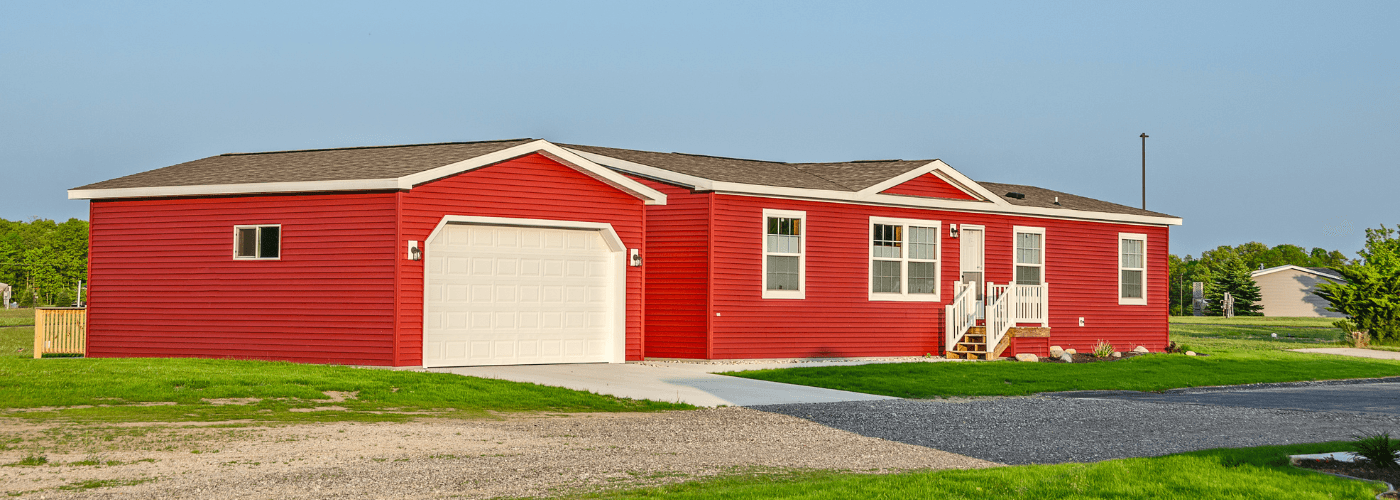How to Spot and Stop Drafts: A Simple Checklist for Your Windows and Doors

A sudden chill in the air and a higher-than-expected utility bill are often the first signs of a drafty home. You may feel cool air where it doesn't belong, or see a curtain shift for no reason. These drafts are more than just a minor annoyance; they can significantly affect your comfort and drive up your energy costs, especially when the weather changes. Pinpointing the source of these drafts is the first step toward creating a more comfortable and efficient living space for you and your family.
Don't wait! Take control of your home’s comfort and energy bills by talking to an expert. Contact us today at (210) 625-7865 or through our online contact form to learn more about how we can help.
Why Your Home Feels Drafty
Before you can fix a problem, you have to understand its cause. Drafts are essentially uncontrolled airflow from the outside coming into your home. This happens when the seal on a window or door is compromised, allowing air to leak through small gaps and cracks. Over time, the materials that seal your home's openings can deteriorate due to sun exposure, temperature shifts, and normal wear and tear.
These cracks and gaps can be so small that they are hard to see. That’s why feeling a draft is often easier than seeing one. The good news is that with a little time and a simple method, you can effectively locate these problem areas and get a clear picture of what needs to be done.
The Tell-Tale Signs of a Draft
Feeling a breeze is the most obvious sign, but there are other clues that your home's envelope is not as sealed as it should be. Paying attention to these indicators can help you identify a problem even before you start your active search. If you notice any of these signs, it’s a strong indication that you have a draft somewhere.
- Higher Energy Bills: A sudden increase in your heating or cooling costs without a change in usage can point to drafts that are allowing air to escape, forcing your HVAC system to work harder.
- Uneven Temperatures: Does one room always feel colder than the rest of the house? A draft could be the culprit, creating cold spots that are difficult to warm up.
- Condensation: In colder months, moisture from inside your home can condense on windows or doors, which can be a sign of a compromised seal.
- Visible Gaps: Look for any light coming through the frame of your windows or doors. If you can see daylight, air can get through, too.
Your Simple DIY Draft-Detection Checklist
Finding a draft can be a lot easier than you think. You don't need any special equipment to get started. Just a few simple items you likely already have around the house are all you need to get a clear picture of where the cold air is sneaking in. Here is a straightforward way to check for drafts.
- The Tissue Paper Test: On a breezy day, hold a piece of tissue paper or a feather near the edges of your windows and doors. If the paper or feather flutters, it indicates a draft. This simple method is surprisingly effective at pinpointing even small leaks.
- The Incense Test: Light an incense stick and slowly move it along the frames of your windows and doors. Watch for the smoke to be drawn in or blown out, which indicates airflow. This test is great for finding drafts that might be too subtle for the tissue paper test.
- The Hand Test: Simply place your hand near the frames of your windows and doors. You may be able to feel a cool breeze coming from a specific area. This is the most basic test, but it can work well for larger, more obvious drafts.
By using one or more of these methods, you can quickly and accurately identify problem areas. Once you know exactly where the drafts are coming from, you can start to think about the best way to address them.
Quick Fixes to Stop Drafts for Now
Once you've located the source of a draft, there are several temporary solutions that can help improve your home's comfort and efficiency in the short term. These fixes are designed to be simple and affordable, giving you some immediate relief from the chill. While they are not permanent solutions, they can make a significant difference.
- Weatherstripping: This is a flexible material that can be applied to the frames of windows and doors to create a tighter seal. It's available in many different materials, like foam, rubber, and vinyl, and can be cut to fit your needs.
- Draft Snakes: These are long, weighted fabric tubes you can place at the bottom of doors to block air from coming in. They are a great, non-invasive way to stop drafts and can even add a touch of home decor.
- Caulk and Sealant: For gaps and cracks in window frames, a simple bead of caulk can create a strong, lasting seal. It's important to use a product that is suitable for exterior use and can withstand temperature changes.
- Shrink Film: This transparent plastic film can be applied to the inside of windows to create an insulating barrier. It's a low-cost way to help stop drafts and improve a window's insulating properties.
These quick fixes can certainly help, but it's important to remember they are often just a temporary solution. They can help you get through the immediate chill, but the underlying issue might require a more lasting solution.
When to Consider a Replacement
If you find that your windows or doors are the source of significant drafts, and the quick fixes aren't making a big enough difference, it might be time to consider a professional replacement. While the thought of a larger project can feel overwhelming, replacing old, inefficient doors or windows can provide a lasting solution to drafts and lead to major improvements in your home's comfort, efficiency, and appearance.
The most common sign that a replacement is a better option is if the frames themselves are damaged, warped, or showing signs of rot. When the structure of the window or door is compromised, a simple fix won't be able to solve the problem. Another sign is when the drafts are coming from multiple places, suggesting a widespread issue rather than a single crack. Modern, energy-efficient products are designed with multiple seals and better insulating materials to prevent drafts entirely, offering a solution that can also save you money on energy bills over the long term.
A new door can also make a big difference, especially for your entryway. Over time, the seals and weatherstripping on an older entry door can break down, leading to drafts. A new door with a modern, tight seal can not only stop drafts but also improve your home's security and curb appeal. A professional consultation can help you determine if a repair or a replacement is the right choice for your home.
Keep Your Home Comfortable Year-Round with Southwest Exteriors
Drafts are a common issue for homeowners, especially in San Antonio's unique climate. While quick fixes can provide some relief, the most effective and lasting solution often lies in addressing the root cause. Replacing a drafty window or door with a high-quality, professionally installed product is an investment in your home’s comfort, efficiency, and value.
If you are concerned about drafts and want to understand your options, our team is here to help. We can provide a thorough evaluation and guide you through the process, from choosing the right materials to a seamless installation.
Reach out to Southwest Exteriors today to schedule a consultation and take the next step toward a more comfortable home. Visit our online contact form or call us at (210) 625-7865..

